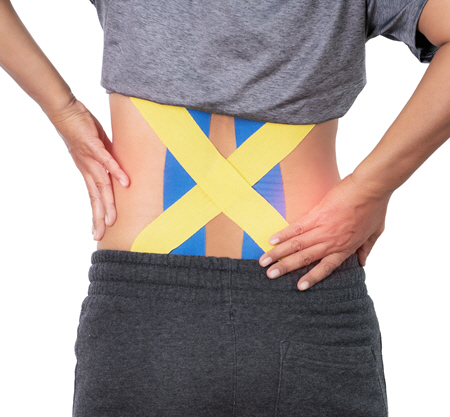 Improvement through the lens of the body and the brain.
Improvement through the lens of the body and the brain.
Nagging pain is incredibly common.
Solving nagging pain is NOT so common … until now.
You know what it’s like, nagging pain is incredibly frustrating. It comes and goes. It moves around. And just when you think you have it figured out one tweak sets you back for weeks.
You’ve tried so many different modalities and spent money on great-sounding devices. But the physical discomfort weighs down even the smallest tasks. That pile of dishes in the sink will have to wait. The ups and downs of the long search for pain relief are emotionally depleting.
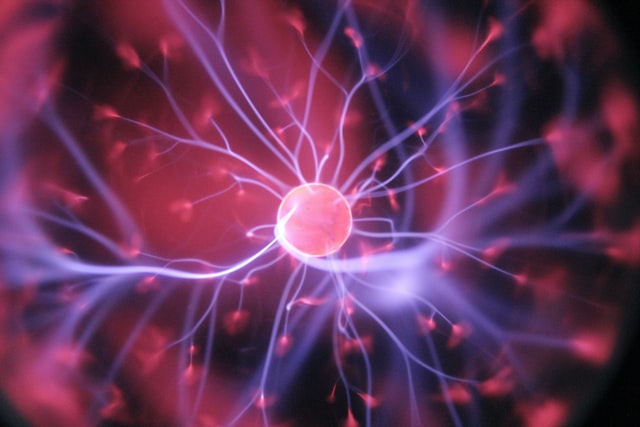 What makes NeuroBodyWorks different is that it accesses the root cause.
What makes NeuroBodyWorks different is that it accesses the root cause.
And the root is not where you think it is. It’s not in the part of you that hurts. The root is actually in your brain.
Your brain organizes all of your habits, including your posture. Over time those postural habits settle in and become rigid.
This is one of the main reasons that despite all your efforts to improve, it’s so common to end up back at square one.
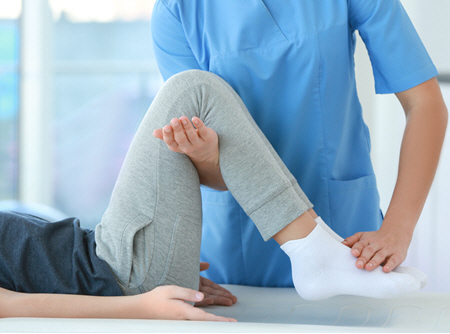 To change habits you need something different.
To change habits you need something different.
What you need is an approach that sands down the deep grooves of old habits and frees you up to form new connections. This approach exposes the postural habits that are so familiar that they’re hiding in plain sight.
First, we need to SLOW waaaaay down.
Then, greatly decrease the effort. That’s right, it actually helps to be a little lazy.
Sounds like the exact opposite of typical approaches, right?
But doing this increases your sensitivity, so you can feel what’s going on. And it provides your brain the rich information needed to make new connections.
 You will be free of nagging pain!
You will be free of nagging pain!
This process turns limitations and pain into buoyancy and coordination.
Along the way you’ll get reacquainted with yourself, unencumbered by the habits that create pain.
I will make them easy to see, and help you feel movements that weren’t possible before.
And you’ll form new habits by becoming more aware of the old ones and turning down their intensity. It takes diligence, but it’s exciting. You’ll feel it working right from the start.
About Me
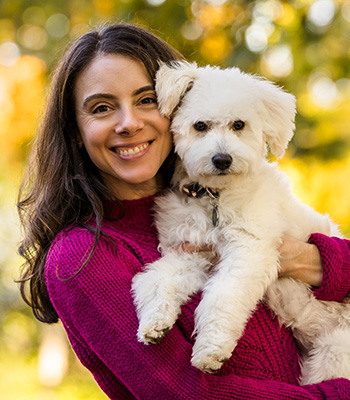 I spent a long time searching for pain relief.
I spent a long time searching for pain relief.
It’s my mission to help you find the shortcut.
I found this approach after eight years of searching for relief from low back pain. When I was sixteen I had already been in pain for a year. An MRI revealed spodylolisthesis; a broken facet joint at L5/S1, and spinal fusion surgery was recommended.
In trying to avoid surgery I became the poster child for every alternative. I tried acupuncture, chiropractic, massage, physical therapy, stretching and strengthening exercises, physiatry, and every imaginable OTC pain reliever.
Some things helped – but nothing lasted.
When I started my first desk job, after college, I couldn’t take it anymore. I was stiff in the mornings, I had to calculate how far I could carry my bag each day, and I literally couldn’t stay upright past 8 p.m. I was twenty three – but I felt 80. So, I went ahead with surgery.
Titanium rods connected L5 and S1 in my back and the constant nerve pain in my leg disappeared. Not surprisingly, though, the surgery did not transform my posture. I still moved and held myself like a person with back pain — in the same old ways that developed over the years.
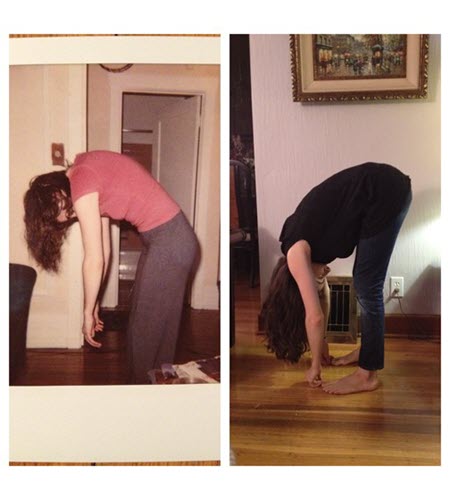 Transformation
Transformation
While recovering from surgery I was walking along Union street in San Francisco and saw a sign for Feldenkrais. A memory popped up of trying it years ago when I was trying to avoid surgery. And I remembered liking it. So I tried it again and I was shocked that after one session I felt more flexible than ever. I remember walking out of one of my first sessions feeling like Gumby, so flexible and light – a startling contrast to my usual stiffness.
Thanks to Feldenkrais, for the first time, I felt improvement was possible – and, to this day, it still inspires me.
I was moving with newfound freedom and ease, but it was more than that. I also started to notice emotional habits that had formed over years of chronic pain.
As I stepped out of the narrow focus of pain, my world opened up to more positive emotions.
Becoming a Practitioner
The more I did it, the more my enthusiasm for this approach grew. In 2008, I graduated from the Feldenkrais Resources training in Berkeley and moved home to Portland (Yes, I’m actually from here!) to start my practice. In 2011 I started studying with Anat Baniel, a former Feldenkrais Trainer, student of Dr. Feldenkrais, and founder of ABM NeuroMovement. Her evolution of Dr. Feldenkrais’ work is amazing, and I graduated from her training in 2013. I’ve continued working in her trainings as Support Staff since 2014 and have been an Assistant on her teaching staff since 2017.
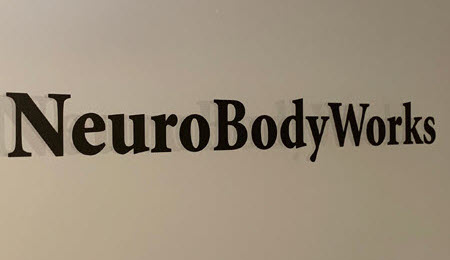 NeuroBodyWorks
NeuroBodyWorks
Some of my clients have been with me since 2009. They have improved and felt the big hops in skill right along with me over the years. In 2016 I got my LMT license. In Oregon I’m able to offer Feldenkrais and Anat Baniel Method as a modality of massage, which is covered by insurance under some plans and health savings accounts.
My passion for this approach still comes directly from my own experience. And it’s my dream for everyone to spread joy by feeling great in their bodies.

